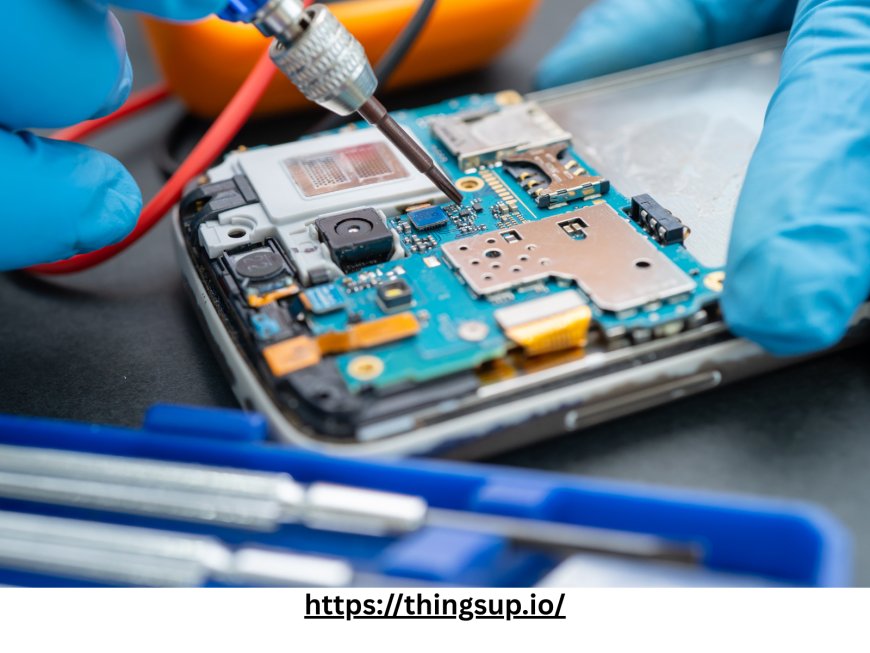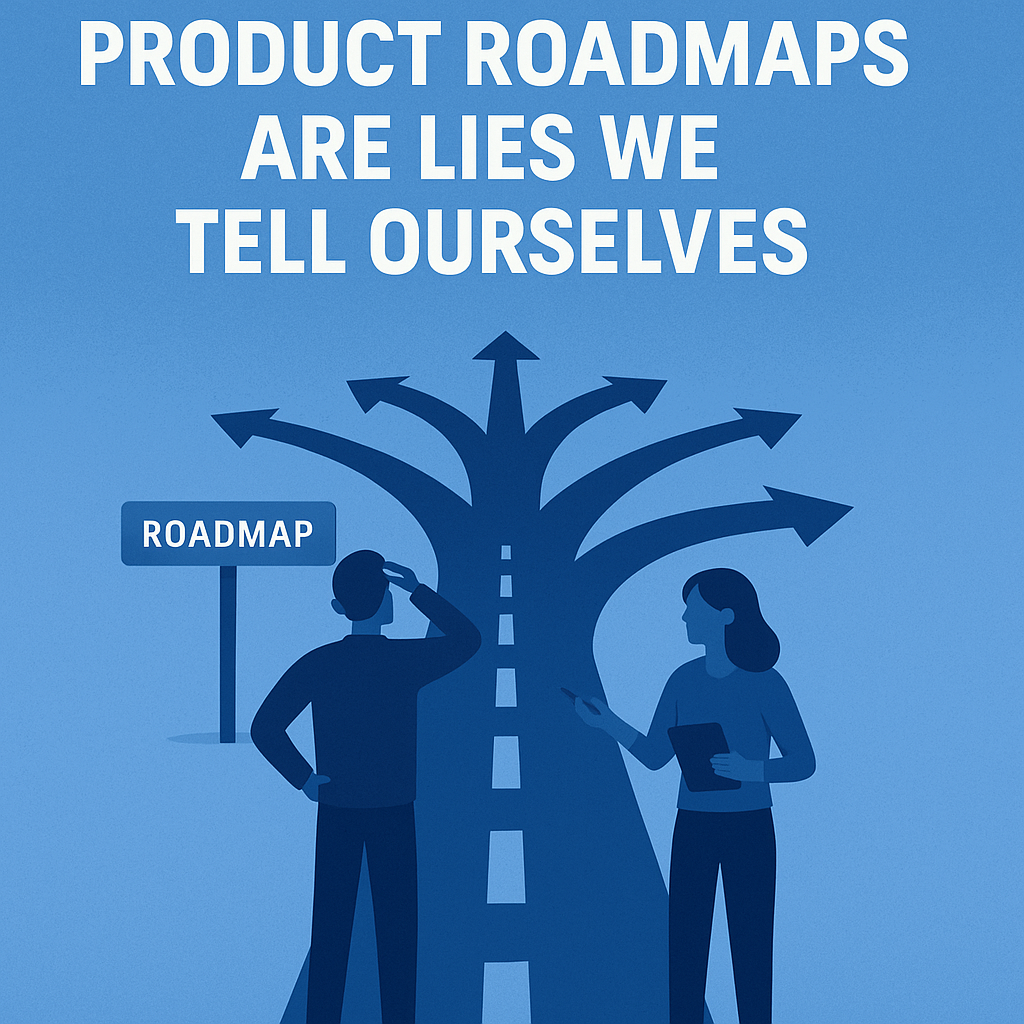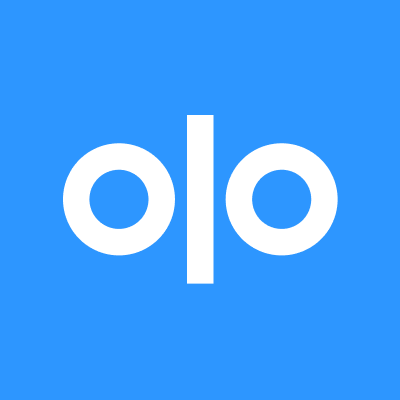The Ultimate Guide to Cold Chain Temperature Monitoring
Every pharmaceutical company along with food producers and chemical sector and agricultural businesses must consistently monitor and control temperature levels.

Every pharmaceutical company along with food producers and chemical sector and agricultural businesses must consistently monitor and control temperature levels of sensitive products throughout their storage duration and transit journeys. Cold chain monitoring refers to this specific method. The product quality together with its efficacy and complete spoilage risk increases as storage temperatures deviate even slightly from the recommended range. Segregation, Applications, Benefits, Challenges, and Benefits, and Securing Applications are discussed in detail as we dissect cold chain temperature monitoring and modern IoT platform leadership in process management.
What Is Cold Chain Temperature Monitoring?
The process of monitoring and recording cold chain product temperatures through an uninterrupted supply system that enforces low temperature zones is called cold chain temperature monitoring. This includes:
Cold storage warehouses
Refrigerated vehicles
Freezers and coolers in retail
Logistics hubs and distribution centers
The main objective lies in sustaining product safety through safe temperature ranges from manufacturing sources to delivery destinations.
Why Cold Chain Monitoring Is Essential
Product Safety and Quality:
A wide range of items such as vaccines along with insulin together with fresh produce and meat products including dairy items and flowers need particular temperature controls for storage. Extreme temperatures in freezing or hot conditions initiate three unwanted effects: microbial growth, chemical deterioration and products disappearing from their original state.
Regulatory Compliance:
The industries who fall under FDA (U.S.), WHO (global), and CDSCO (India) regulations need to follow exact cold chain requirements. Temperature logs which remain active are typically needed for audit and inspection procedures.
Customer Trust and Brand Reputation:
Thorough delivery management of perishable goods to reach superior quality conditions strengthens customer confidence in the products. The breakdown of cold chain security systems causes product recalls and creates economic responsibility and permanent harm to corporate image.
Traditional vs. IoT-Based Cold Chain Monitoring
Cold chain monitoring systems in the past operated through human-made temperature logging which used thermometers or basic data logging devices. The traditional method shows various weaknesses including frequent performance mistakes along with poor monitoring visibility in addition to delayed detection of abnormalities.
The integration of IoT platforms allows businesses to perform real-time monitoring along with automated alert systems for predictive analytics and complete cloud-based reporting.
Advantages of IoT-Enabled Cold Chain Monitoring:
Real-time data collection from remote sensors
Instant alerts for temperature breaches via SMS, email, or app
GPS tracking of refrigerated vehicles
Historical data for compliance reporting
Predictive maintenance for cooling equipment
Scalability to monitor hundreds of assets across geographies
Key Components of an IoT-Based Cold Chain Monitoring System
-
Temperature Sensors
These digital sensors collect temperature and humidity data at defined intervals. They're often placed in refrigerators, trucks, containers, and warehouses. -
Gateways and Connectivity
Gateways collect data from sensors and transmit it to the cloud using Wi-Fi, cellular, LoRaWAN, or NB-IoT connectivity. -
Cloud-Based IoT Platform
This is the backbone of modern cold chain monitoring. The IoT platform processes, analyzes, and visualizes data. It allows stakeholders to remotely monitor conditions, access reports, and manage alerts. -
User Dashboard and Alerts
Dashboards display live metrics, graphs, and logs. Alert systems notify users in real time if any readings go outside the acceptable range. -
Mobile Application
Field operators and logistics managers can use mobile apps to track shipments and respond promptly to temperature excursions.
How an IoT Platform Powers Cold Chain Efficiency
A complete IoT platform combines all monitoring functions together with control mechanisms. Such an ideal IoT solution provides the following features:
Data Aggregation from various sensor types
An Access Control system based on user roles functions to secure data handling processes.
A complete IoT solution lets businesses set specific alert thresholds which match the exact needs of their products and shipments.
The solution generates compliance reports which follow FDA, WHO and multiple other authorities' reporting standards.
End-to-end visibility becomes possible through integration between the IoT platform and ERP systems as well as logistics platforms.
The system uses predictive analytics to predict both piece of equipment breakdowns and temperature deviations within monitored areas.
A leading IoT platform exploits AI and machine learning capability to generate intelligent understandings which detect uncommon patterns and recommends preventive steps that minimize operational losses.
Final Thoughts
Monitoring temperatures within cold chain systems has become non-negotiable since it directly enhances operational quality along with official standards enforcement and business customer contentment. A contemporary IoT platform enables businesses to remove uncertainty from temperature control and minimize supply chain losses while providing instant monitoring capabilities.
IoT-enabled cold chain monitoring systems provide an investment path for pharmaceutical distributors and food exporters along with logistics companies to create smarter and more secure sustainable operational systems.

































































![https //g.co/recover for help [1-866-719-1006]](https://newsquo.com/uploads/images/202506/image_430x256_684949454da3e.jpg)









































































